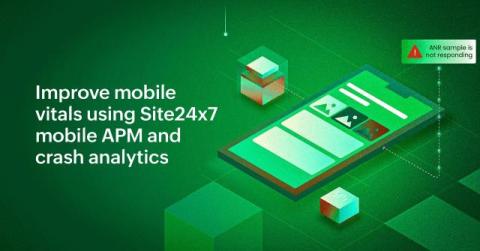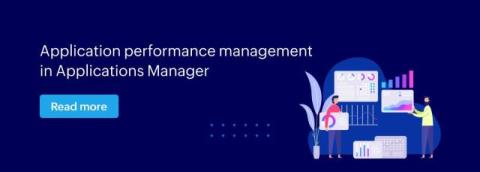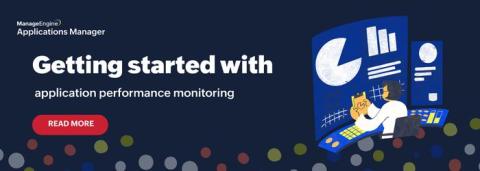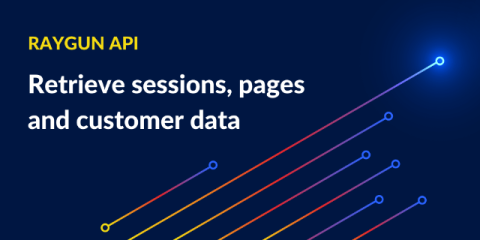The Importance of a Cloud Exit Strategy: What It Is, Who Needs It, and How to Plan It
Do you need a “Cloud Exit Strategy”?. In recent years, cloud services have become an integral part of the digital infrastructure for businesses of all sizes. Organizations are increasingly leveraging cloud computing to enhance their operations.











